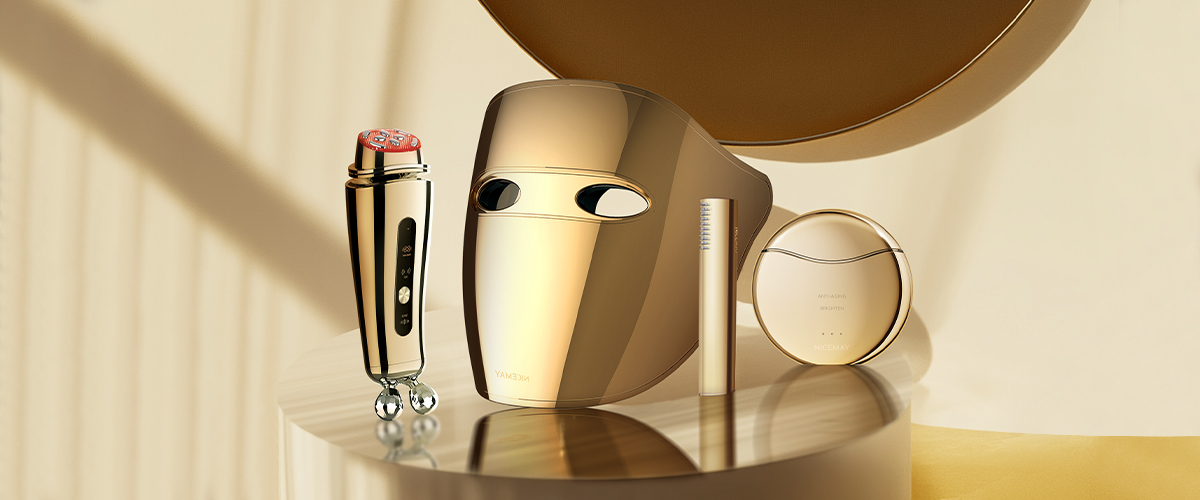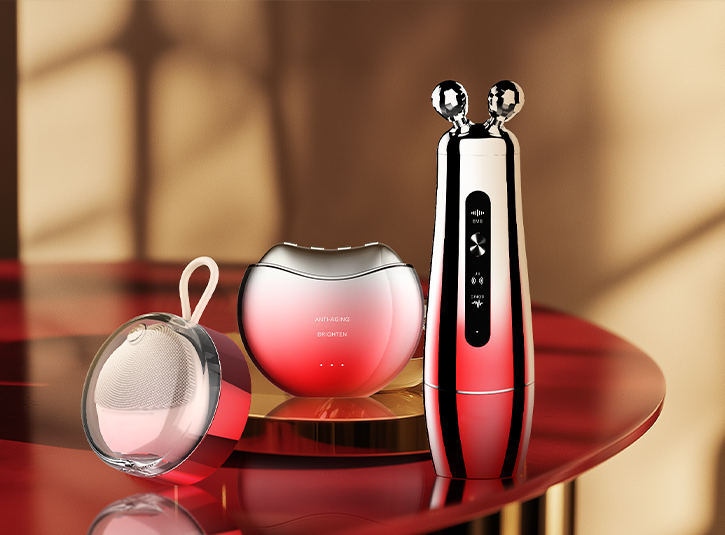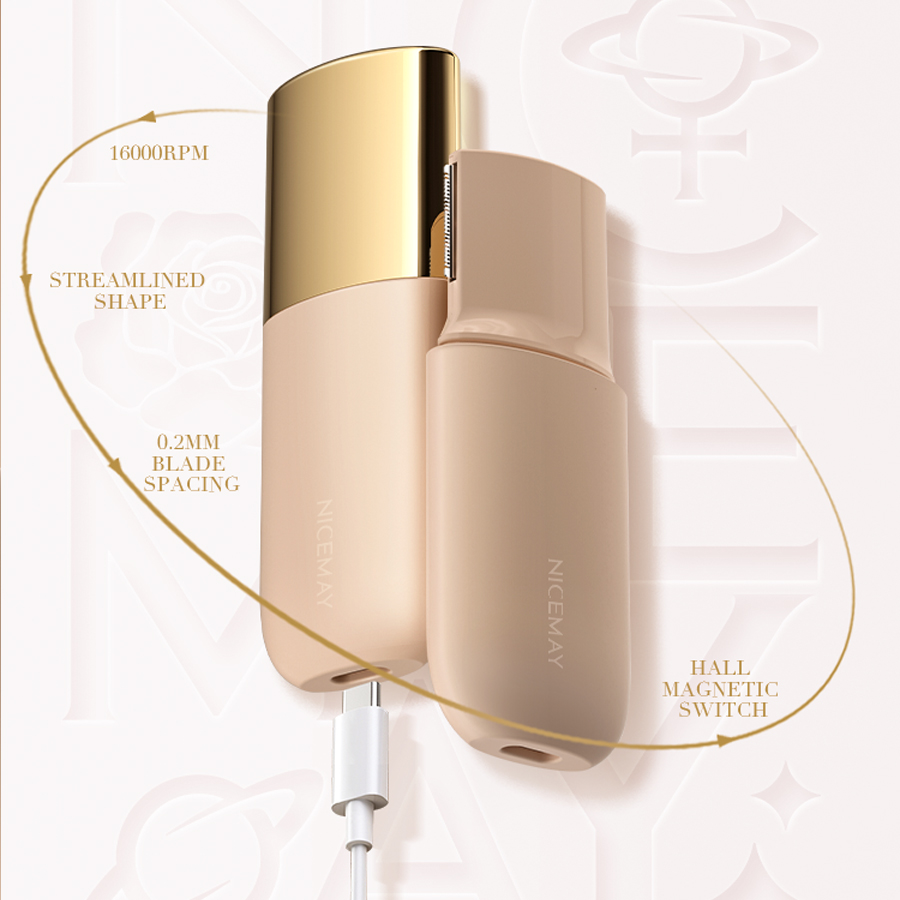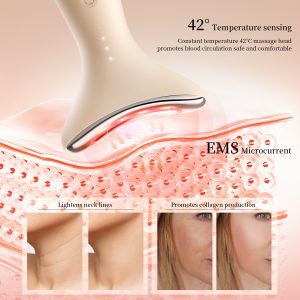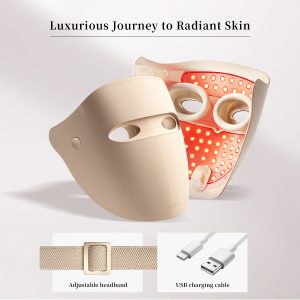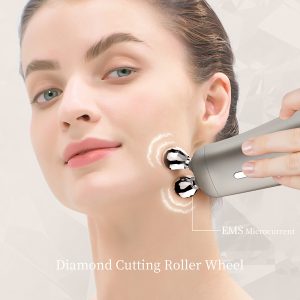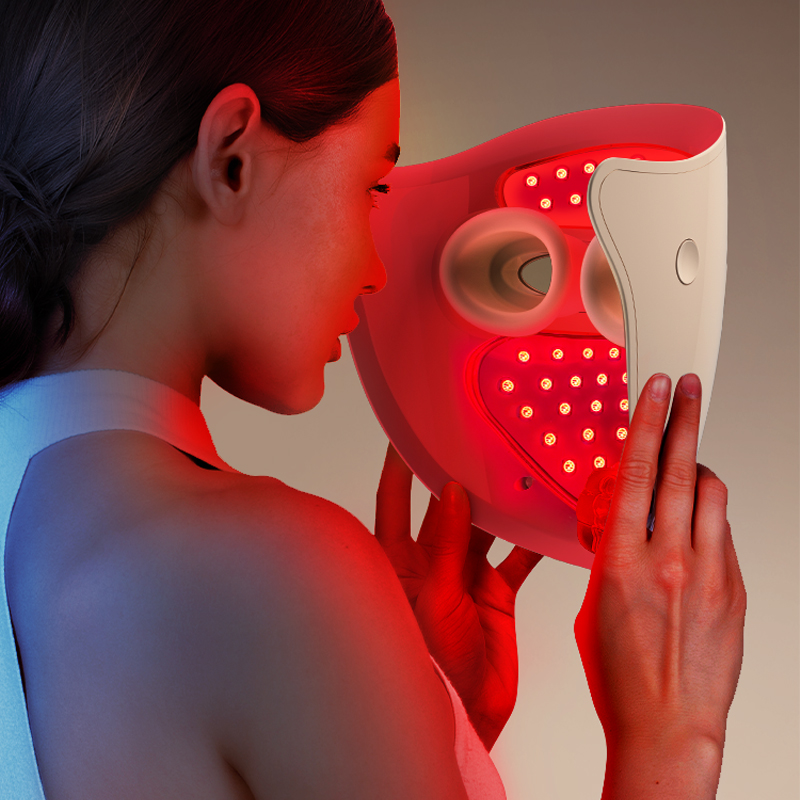Even the best-engineered devices—RF skin tightening tools, microcurrent toners, LED masks, ultrasonic/spatula devices—have a finite lifespan.
Why?
Because these tools run on:
- Circuits that degrade over time
- Batteries that lose charging capacity
- Conductive metals and electrodes that oxidize
- Light sources (LEDs) that dim with use
- Motors or vibration engines that wear out
Using a device daily feels gentle on the skin, but internally, it’s still generating heat, current, or light—processes that slowly shorten the life of the hardware. If your at-home beauty tool is showing strange behavior… it might be hinting that it’s ready for retirement.
How Long Do At-Home Devices Typically Last?
Here’s a general lifespan overview (for normal home use):
| Device Type | Typical Lifespan | Why It Shortens |
|---|---|---|
| Microcurrent device | 18–36 months | Battery aging, weakening current output |
| RF facial device | 2–4 years | Electrode wear, overheating of internal coils |
| EMS lifting device | 1.5–3 years | Declining pulse strength |
| LED mask | 2–5 years | LED diode dimming or burnout |
| Ultrasonic/skin scrubber | 2–4 years | Motor degradation, metal plate oxidation |
The Most Common Warning Signs Your Device Is Dying
1. It’s Not As Effective As It Used to Be
- Lift isn’t lifting
- Tightening isn’t tightening
- Red light looks dimmer
- Pulses feel weak
2. It Heats Up Too Fast (Or Not At All)
RF devices and ultrasonic tools rely on precise temperature control.
If it gets hot instantly or barely warms up, the internal energy mechanism may be failing.
3. Battery Life Drops Dramatically
If a device that used to run for 20–30 minutes now dies after 5–7 minutes, that’s classic lithium-battery aging.
4. Buttons or Modes Stop Responding
A mode switching failure often means:
- Circuit board damage
- Moisture exposure
- Oxidized metal contact points
5. Strange Smells, Buzzing, or Noise
Any of these = big red flag:
- Electrical burning smell
- Rapid clicking
- High-pitched whining
- Vibration stronger or weaker than normal
Stop using immediately.
6. It Causes Redness or Discomfort It Never Did Before
If a device feels:
- Sharper
- More irritating
- Overheated
- Too tingly
…something is no longer regulating current/light/heat correctly.
7. The Device’s Gel/Metal Plate Has Visible Damage
Especially for microcurrent, EMS, and ultrasonic devices:
- Rust
- Cracks
- Warping
- Scratches
- Peeling coating
These affect conductivity and safety.
8. LED Lights Don’t Look the Same
If your LED mask suddenly has:
- A few lights out
- Uneven brightness
- Color accuracy issues
That means the diodes are failing.
Device-Specific Signs It’s Time to Replace
Microcurrent Devices
- Output feels much softer even on high level
- You need twice the time to see the same lifting effect
- Conductive spheres discolor or oxidize
RF Skin Tightening Devices
- It overheats quickly
- RF head is cracked or discolored
- The energy doesn’t feel “deep” anymore
- Redness lasts unusually long
High-quality RF devices like MR-2331 RF & EMS Facial Device typically show smoother wear patterns.
EMS Face-Lifting Devices
- Pulses feel “spiky” rather than smooth
- Low-frequency mode stops vibrating
- One electrode stops working
LED Beauty Masks
- Some lights fail
- Colors flicker
- Red light looks orange/pink instead of deep red
- Blue light fades
Ultrasonic Facial Scrubbers
- Blade plate looks scratched or rusted
- Vibration intensity weakens
- Produces inconsistent mist or none at all
Safety Risks of Using an Old Device
Using a failing beauty device can lead to:
- Burns (RF, ultrasonic)
- Uneven current delivery (microcurrent/EMS)
- Skin damage from broken plates
- UV leakage if LED is damaged (rare but possible)
- Short-circuit or battery swelling
Your face deserves better than gambling with a dying device.

How to Extend the Lifespan of Your Devices
- Store in a dry place (bathroom humidity kills circuits)
- Clean electrodes or plates after every use
- Charge only with the original cable
- Avoid overcharging overnight
- Keep away from oils or serums that can seep inside
- Use conductive gel with microcurrent/RF to reduce stress on hardware
When Should You Replace vs. Repair?
Repair if:
- USB charging port is loose
- Only buttons are unresponsive
- LED mask straps break (easy fix)
- Battery can be replaced
Replace if:
- Internal current or energy output is inconsistent
- Metal heads are corroded
- LED panel starts failing
- It frequently overheats
- Multiple modes stop working
How to Choose a Reliable New Device
Look for:
- Real frequency specs (RF MHz, EMS intensity)
- Overheat protection
- Medical-grade materials
- Certification reports (FCC/CE/RoHS)
- Replaceable or durable battery
- Clear lifespan expectations
At-home beauty devices are powerful tools—but not immortal. The trick is knowing when a tool is simply “aging” vs. when it’s no longer safe or effective. If any warning signs sound familiar, it may be time to upgrade to a newer, safer, more efficient device—one that supports your long-term beauty routine, not sabotages it.

Want to Develop a Long-Lasting Beauty Device Line? We specialize in OEM/ODM at-home beauty devices designed for:
- Longer lifespan
- Stable current output
- Reinforced safety systems
- High-quality electrodes and light modules
- Reliable RF & EMS performance
Whether you want to build a microcurrent, RF, EMS, LED mask, or multi-functional beauty device, we can help you develop professional-grade models that stand out in the market.
📩 Click here to contact us and start your private label project.

